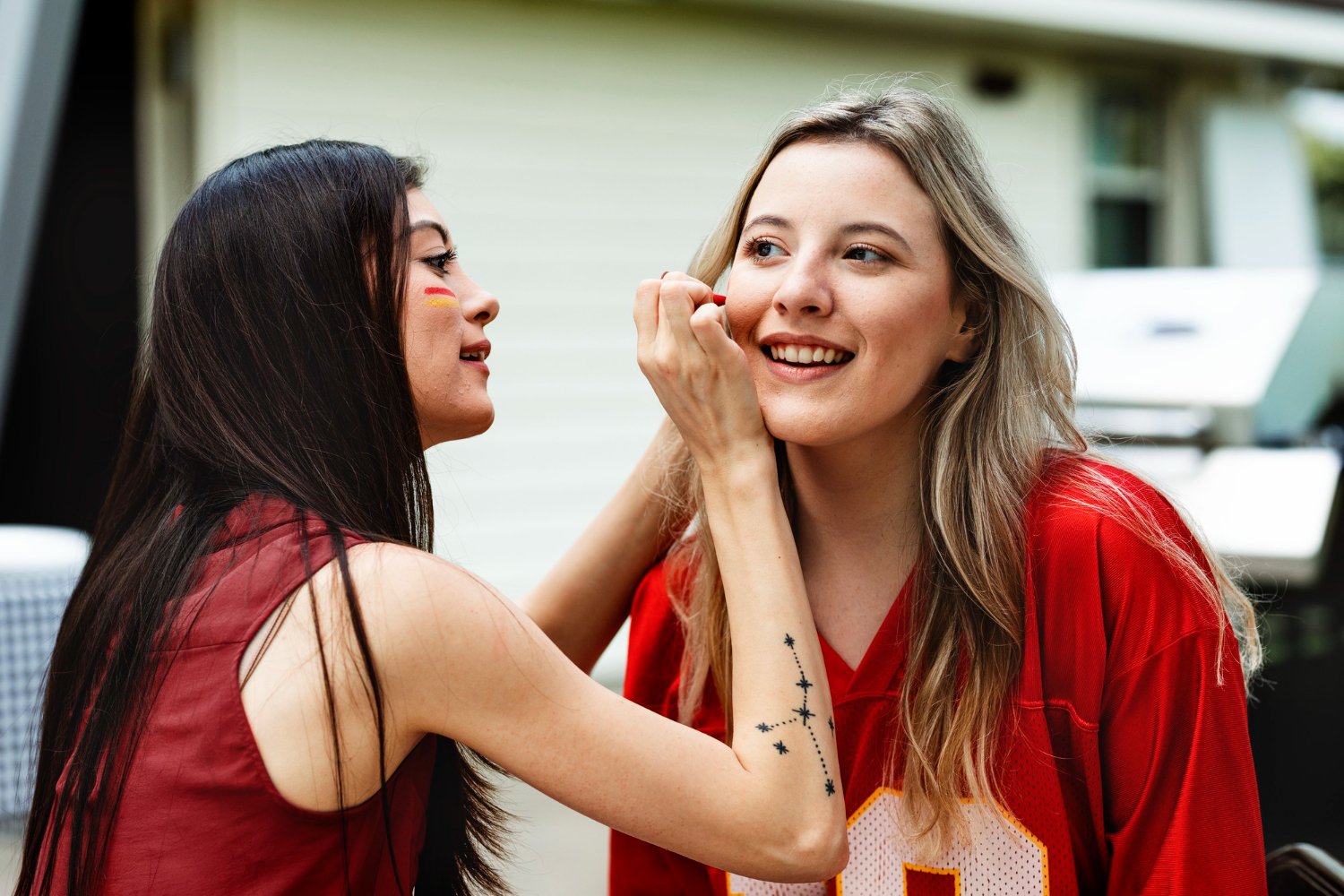
When Beauty Meets Beast
Introduction
When Beauty Meets Beast: In the realms of literature, folklore, and popular culture, the juxtaposition of beauty and beast has long been a captivating theme. It transcends mere appearances, delving into deeper layers of symbolism, psychology, and societal norms. From classic fairy tales to modern adaptations, the dynamic between beauty and beast continues to intrigue and resonate with audiences worldwide.
Understanding Beauty and Beast in Literature
Defining Beauty and Beast
The concept of beauty and beast extends beyond physical attributes. It encompasses inner qualities, moral character, and societal perceptions. While beauty is often associated with grace, charm, and attractiveness, the beast represents the unconventional, the misunderstood, or the marginalized.
Historical Context
When Beauty Meets Beast: Throughout history, tales of beauty and beast have been prevalent in various cultures and civilizations. These narratives serve as allegories, reflecting societal values, fears, and aspirations. From ancient myths to medieval legends, the motif of transformation and redemption remains a recurring motif.
Beauty and Beast Archetypes in Folklore
Variations Across Cultures
The theme of beauty and beast manifests differently across different cultural contexts. From the enchanting mermaid of European folklore to the cunning fox in Japanese mythology, each culture offers unique interpretations of this timeless archetype.
Symbolism and Themes
At its core, the beauty and beast archetype symbolize the duality of human nature. It explores themes of love, compassion, and self-discovery, transcending superficial distinctions and embracing the complexities of the human experience.
The Transformation of Beauty and Beast in Modern Media
Literature
When Beauty Meets Beast: In contemporary literature, authors continue to reimagine and reinterpret the classic tale of beauty and beast. From modern retellings to genre-bending narratives, these stories challenge conventional notions of romance and identity. Authors often infuse their works with modern twists and societal commentary, exploring themes like consent, agency, and identity.
Film and Television
The allure of beauty and beast extends to the silver screen, where filmmakers explore the theme through visually stunning cinematography and compelling storytelling. From animated classics to gritty adaptations, each cinematic interpretation adds new layers of depth and complexity to the age-old tale. Directors and screenwriters often use the medium to highlight contemporary issues such as body image, diversity, and inclusivity.
Psychological Interpretations
Beauty Standards
When Beauty Meets Beast: In today’s society, beauty standards often perpetuate unrealistic ideals, placing undue pressure on individuals to conform to narrow definitions of attractiveness. The beauty and beast narrative offers a counterpoint, celebrating diversity and championing authenticity over superficiality. Psychologists and sociologists study the impact of media representations on body image and self-esteem, emphasizing the importance of promoting positive portrayals of beauty and diversity.
Perception of Inner Beauty
Beyond physical appearances, the concept of inner beauty holds profound significance. The beauty and beast archetype encourages audiences to look beyond surface-level impressions, recognizing the inherent worth and dignity of every individual. Researchers explore the psychological effects of beauty stereotypes and the role of empathy and compassion in fostering meaningful connections.
Impact on Society and Culture
Social Constructs
The portrayal of beauty and beast in media reflects and reinforces societal constructs surrounding gender, identity, and power dynamics. By deconstructing these tropes, storytellers have the opportunity to challenge stereotypes and promote inclusivity. Scholars analyze the intersection of media, culture, and identity, examining how representations of beauty and beast shape societal attitudes and behaviors.
Gender Roles
When Beauty Meets Beast: Traditionally, the beauty is often depicted as a passive damsel in distress, while the beast assumes the role of the heroic savior. However, contemporary adaptations subvert these tropes, presenting more nuanced and empowered portrayals of both characters. Researchers investigate the evolving nature of gender roles in media and literature, exploring themes of agency, autonomy, and equality.
The Evolution of Beauty and Beast in Feminism
Empowerment and Agency
Feminist scholars have reexamined the beauty and beast narrative through a critical lens, highlighting themes of agency, consent, and self-actualization. By reclaiming their narratives, female protagonists assert their autonomy and challenge traditional power dynamics. Feminist theorists explore the intersections of gender, power, and representation, advocating for diverse and empowering portrayals of women in media and literature.
Challenging Stereotypes
When Beauty Meets Beast: In feminist retellings of the beauty and beast tale, the emphasis shifts from romantic rescue to mutual respect and partnership. These narratives subvert traditional gender roles, empowering characters to defy expectations and forge their own destinies. Feminist critics analyze the cultural impact of media representations on gender norms and identity, advocating for more inclusive and equitable storytelling.
Beauty and Beast in Popular Culture
Disney Adaptations
Disney’s animated adaptations of classic fairy tales have played a significant role in shaping popular perceptions of beauty and beast. From “Beauty and the Beast” to “The Little Mermaid,” these films have become cultural touchstones, captivating audiences of all ages with their timeless themes and memorable characters. Disney scholars examine the cultural significance of these adaptations, exploring themes of love, sacrifice, and redemption.
Retellings and Reinterpretations
When Beauty Meets Beast: In addition to Disney’s iconic adaptations, numerous authors, filmmakers, and artists have offered their own creative takes on the beauty and beast narrative. Whether set in futuristic dystopias or magical realms, these reinterpretations breathe new life into an age-old tale, exploring its themes from fresh and innovative perspectives. Creators experiment with genre, style, and perspective, challenging audiences to reconsider familiar narratives in exciting and unexpected ways.
The Moral of the Story: Lessons Learned
Acceptance and Empathy
At its core, the beauty and beast narrative teaches us to look beyond superficial differences and embrace the inherent humanity within each individual. By fostering empathy and understanding, we can cultivate more inclusive and compassionate communities. Educators and parents use these stories to impart moral lessons and encourage empathy and kindness in children and adults alike.
Looking Beyond External Appearances
When Beauty Meets Beast: In a world obsessed with image and appearance, the beauty and beast archetype reminds us of the futility of judging others solely based on their outward presentation. True beauty lies not in perfection, but in authenticity, kindness, and resilience. Mental health professionals promote self-acceptance and self-care, emphasizing the importance of valuing oneself for who we are, not how we look.
Contemporary Relevance
Social Media Influences
In the age of social media, the pressure to conform to unrealistic beauty standards has never been greater. The beauty and beast narrative serves as a powerful antidote to this toxic culture, encouraging audiences to embrace their flaws and celebrate their uniqueness. Social media influencers and activists promote body positivity and self-love, challenging harmful beauty ideals and promoting diversity and inclusivity.
Body Positivity Movement
The beauty and beast narrative aligns with the principles of the body positivity movement, which seeks to challenge narrow beauty ideals and promote self-love and acceptance. By embracing diversity and rejecting harmful stereotypes, we can create a more inclusive and affirming society for all. Advocates and activists work to promote body acceptance and combat discrimination based on appearance, advocating for greater representation and visibility of diverse bodies in media and advertising.
Conclusion: When Beauty Meets Beast
In conclusion, the beauty and beast narrative continues to captivate and inspire audiences across generations. From its origins in ancient folklore to its contemporary manifestations in literature, film, and popular culture, this timeless tale reminds us of the transformative power of love, acceptance, and self-discovery. By embracing our inner beauty and looking beyond external appearances, we can forge deeper connections and build a more compassionate and inclusive world.
Frequently Asked Questions
Q1: What are some examples of beauty and beast narratives in literature?
A1: Examples of beauty and beast narratives in literature include “Beauty and the Beast” by Jeanne-Marie Leprince de Beaumont, “The Frog Prince” by the Brothers Grimm, and “The Little Mermaid” by Hans Christian Andersen.
Q2: How has the portrayal of beauty and beast evolved over time?
A2: The portrayal of beauty and beast has evolved from simplistic archetypes to more nuanced and empowering representations. Contemporary retellings often challenge traditional gender roles and emphasize themes of agency, consent, and self-actualization.
Q3: What role does symbolism play in beauty and beast narratives?
A3: Symbolism is integral to beauty and beast narratives, with characters and events often representing deeper themes and concepts. For example, the beast may symbolize inner turmoil or societal outcasts, while beauty represents empathy, compassion, and transformation.
Q4: How do beauty and beast narratives resonate with audiences today?
A4: Beauty and beast narratives resonate with audiences today by exploring universal themes of love, acceptance, and self-discovery. In an increasingly diverse and interconnected world, these stories offer insights into the human experience and encourage empathy and understanding.
Q5: What can we learn from beauty and beast narratives?
A5: Beauty and beast narratives teach us to look beyond superficial differences and embrace the inherent worth and dignity of every individual. By fostering empathy, acceptance, and self-love, we can create a more compassionate and inclusive society for all.
See More










